American Announces 29″ Legroom in Economy, Why It’s Your Fault
American Airlines recently announced that the airline would reduce the amount of standard main cabin pitch from 31-inches to 30-inches beginning with the delivery of their first Boeing 737 MAX. Reducing the pitch by two inches, of course, allows American to fly more passenger on a single flight. Additionally, on three rows of American’s new 737 MAX aircraft, pitch (aka legroom) will be reduced to 29-inches.
By comparison, both Spirit and Frontier, two prominent ultra-low cost carriers feature 28 to 29-inch pitch on all of their aircraft. According to Jon Ostrower of CNN Money, American is the first non-ultra-low cost carrier to feature 29-inch pitch.
While 29-inch legroom is extreme, 30-inch legroom is nothing new. All three major airlines feature 30-inch pitch on select aircraft in select rows. American is, however, the first major carrier to implement 30-inch pitch throughout the entire main cabin. United Airlines is also rumored to be considering 29 and 30-inch pitch in economy on its aircraft as well.
American’s decision has already sparked backlash throughout social media platforms. This announcement was only recently made available to the public. It’s only a matter of time before major news platforms (other than CNN), break this story.
Passengers, already faced with less legroom, more fees, and decreased service are outraged by American’s announcement. You might think that this outrage is totally understandable. However, I disagree.
Why are airlines making flying even more unenjoyable? You’re the reason.
Demanding Cheap Fares Means Sacrificing Legroom, Amenities
There’s no such thing as a free soda! Allegiant Airlines aired a commercial a few years back explaining why they charge for all drinks onboard. The reason was that there’s no such thing as a free soda. Every service and comfort provided by an airline are paid for by you. You might think Delta Air Lines is providing you with a complimentary bag of pretzels and a free soda, however, you’re mistaken. That bag of free pretzels and that free Sprite is reflected in the price of your ticket. It’s the same on every airline.
History: The Airline Deregulation Act of 1978
I was born far too late to see what a regulated airline industry looked like. (Airlines were deregulated in 1978, nearly twenty years before I was born.) However, you don’t have to look far to see the impact that a regulated industry had on the price of a ticket.
Prior to 1978, US airlines were heavily regulated by the federal government. Airlines had some leeway regarding routes and ticket prices. However, almost every aspect of the airline industry was regulated. Becuase of regulation, competition was scarce, and airlines were smaller. Airlines were allowed to sell expensive tickets. Without much competition and high airfare, airlines were able to provide these high paying customers full meals, free drinks, and business class-like legroom in coach.
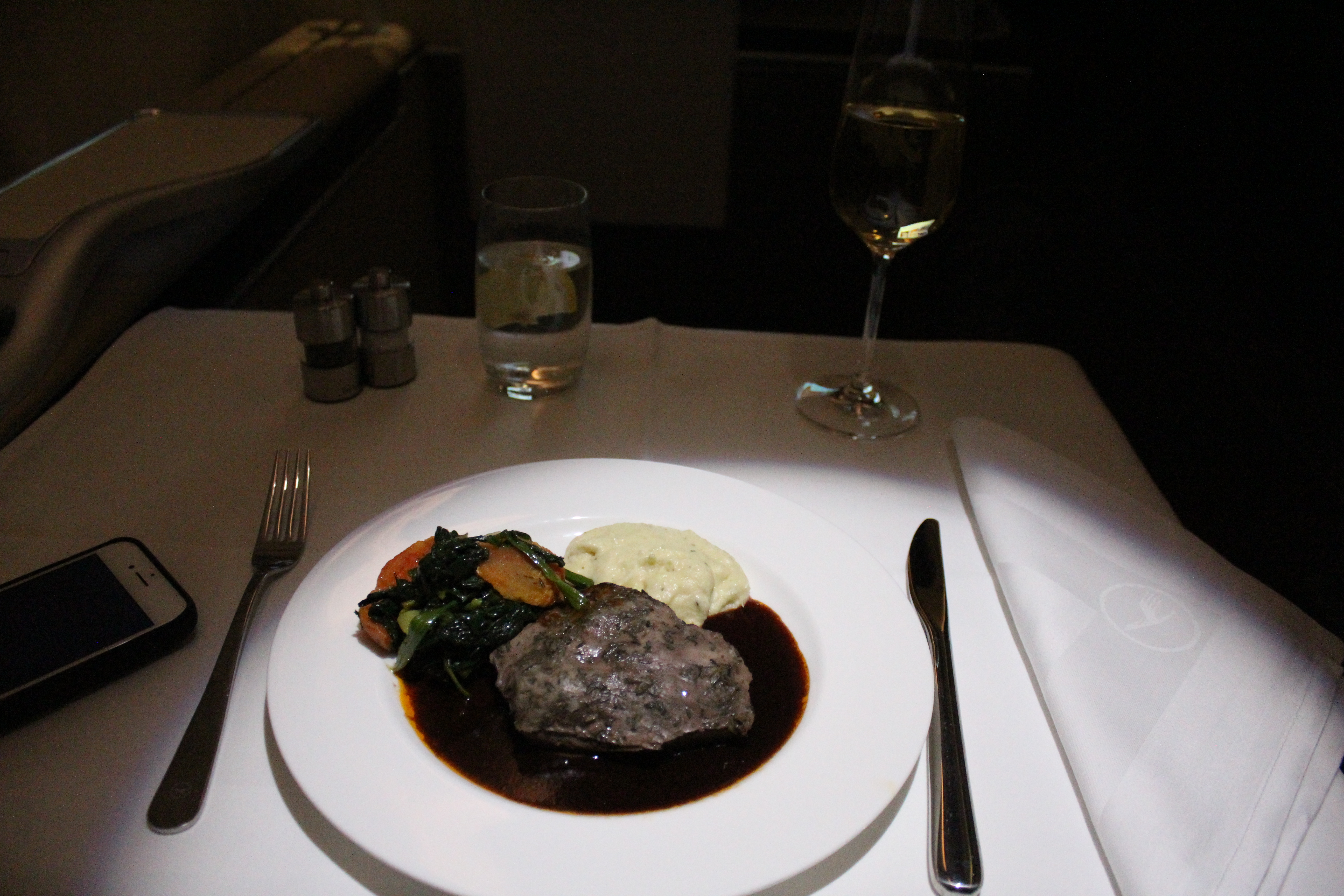
According to a 2011 study by the American Enterprise Institute (AEI) and Airlines for America, the average price of a round-trip ticket in the US before deregulation (adjusted for inflation) was well above $600. In 2011, the average price of a round-trip ticket in the US was under $350. That 50% drop in the price of a round-trip ticket is thanks to airline deregulation.
Airline deregulation, slowly but surely, resulted in new competition. It wasn’t until the late 1980s and early 1990s that the effect of this new competition was seen on a massive scale. Airlines like Midway Airlines and ValuJet gained headway into the domestic market.

Pay Less, Expect Less
History aside, all you need to know is that increased competition in the United States following deregulation lead to a decrease in the average price of airfare. Only in the last decade has the effect of low-cost and now ultra-low-cost carriers impacted service on the legacy carriers like American, Delta, and United.
Passengers are demanding lower airfare. That’s a fact. Ultra-low-cost carriers let passengers fly from Fort Lauderdale to Denver for less than $80. ULCCs have rapidly grown in popularity. American, Delta, and United responded.
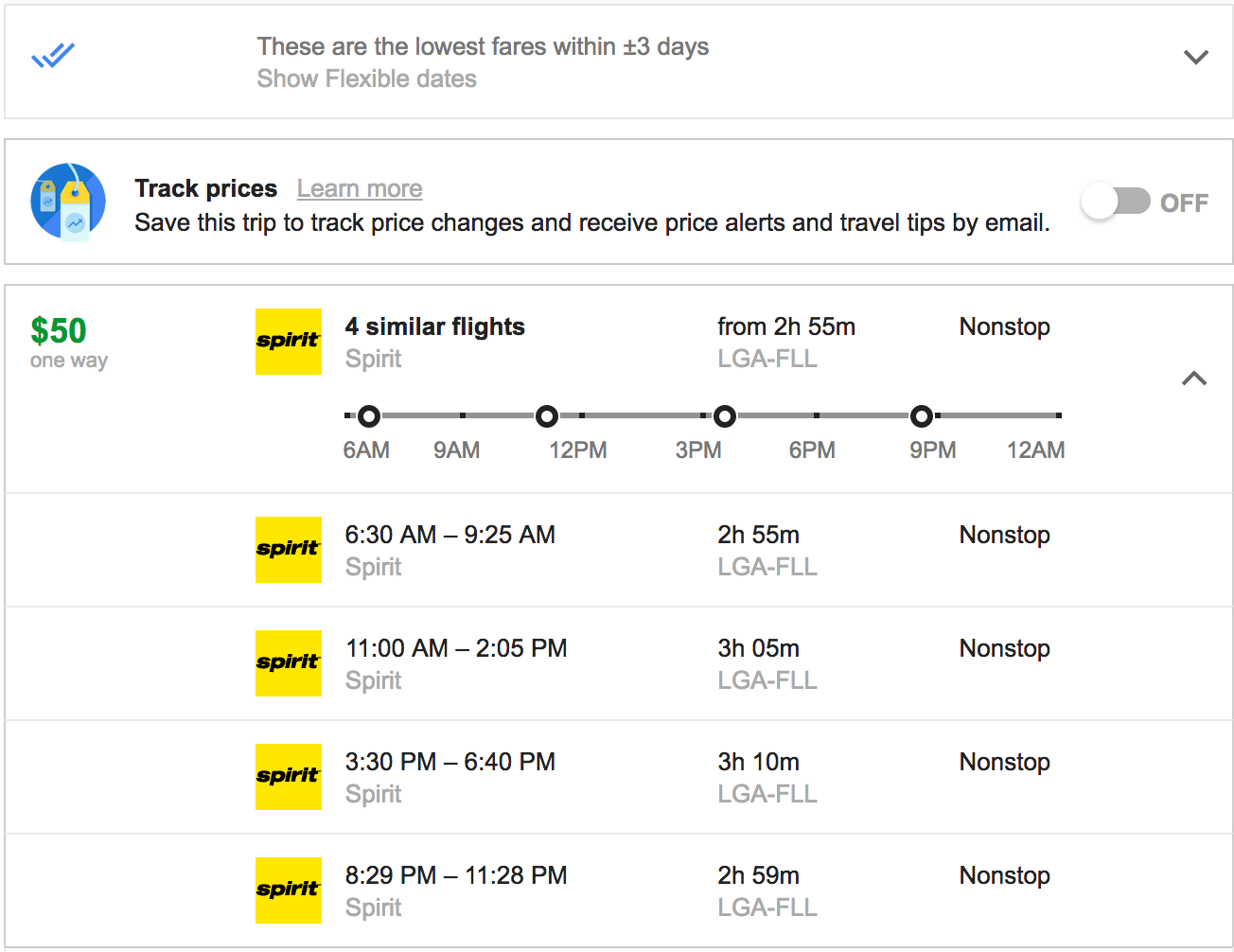
Recently, all three airlines introduced basic economy fares to keep up with the low fares offered by Spirit, Frontier, and JetBlue. However, that wasn’t enough. People still want to pay less to fly. In removing an inch of legroom and packing more seats onboard, airlines, including American Airlines, are making lower fares possible and profitable.
When passengers pay $49 fares, they somehow expect to receive first class amenities. Travelers still expect free snacks, free bags, comfortable legroom, and first class service. However, what many travelers are failing to grasp is that, if you pay less to fly than to take the Amtrak, you’re going to receive service comparable to Amtrak or even Greyhound.
If you want to pay Greyhound fares, expect Greyhound service. It’s that simple.
American’s decision to reduce legroom in the main cabin only makes sense. I’m confident that United will follow in American’s footsteps and I’d imagine Delta will also reduce the pitch in the future as well. Travelers are still demanding lower fares. With lower fares, expect reduced legroom, no amenities, and little to no comfort.
What do you think about American’s decision to reduce legroom in main cabin?




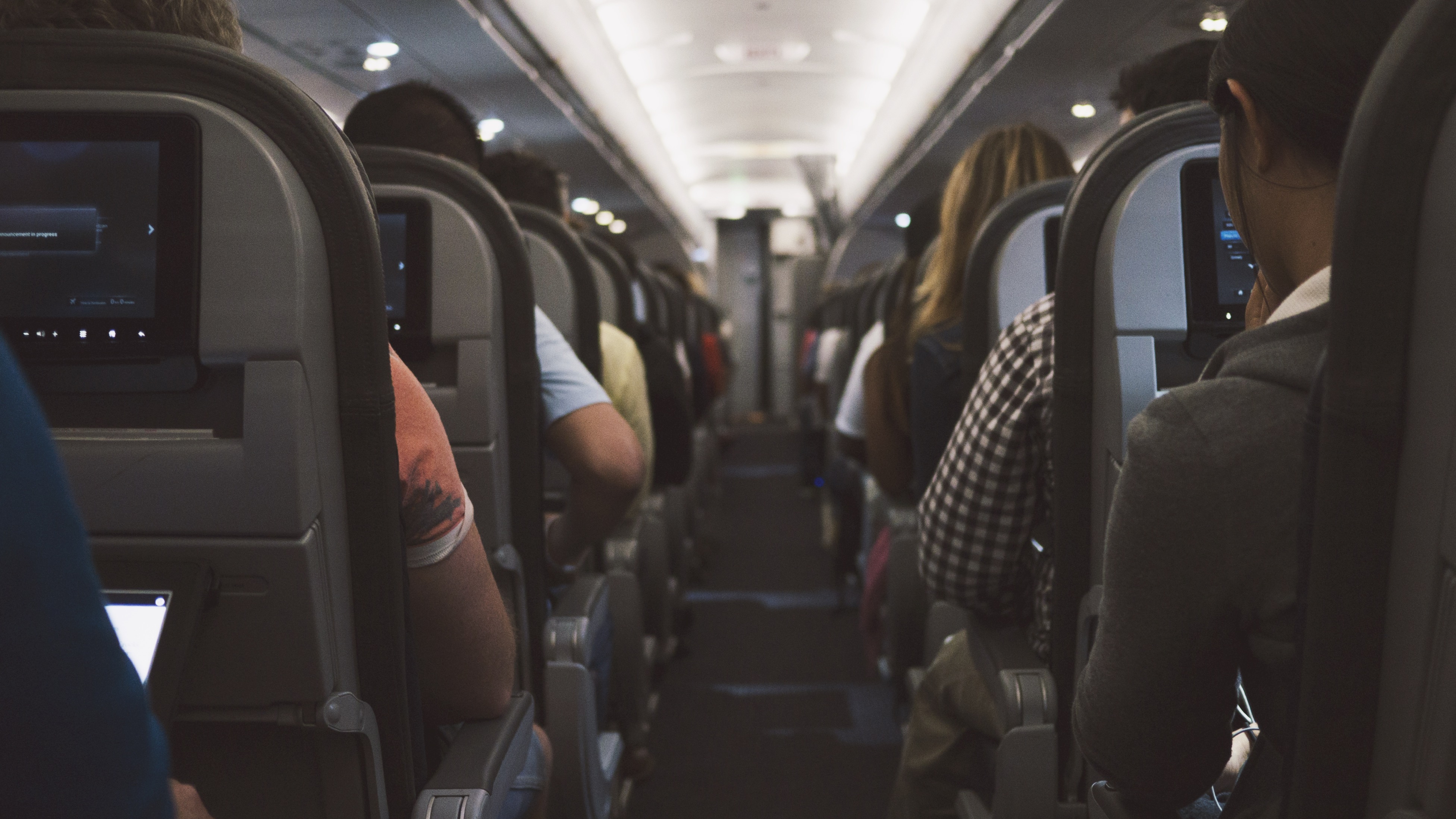

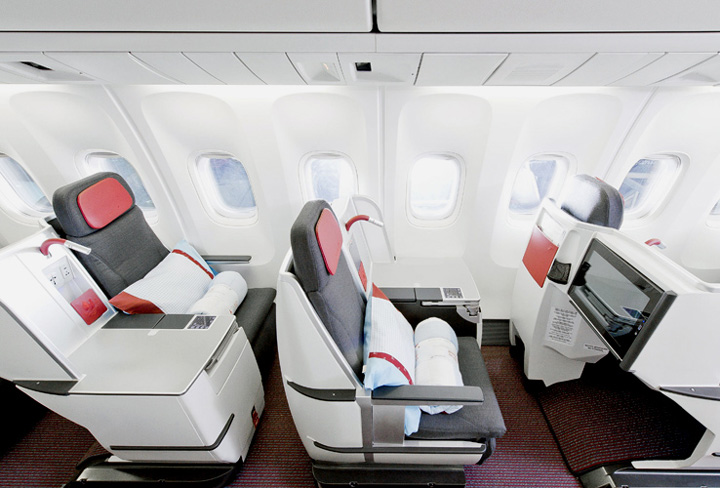

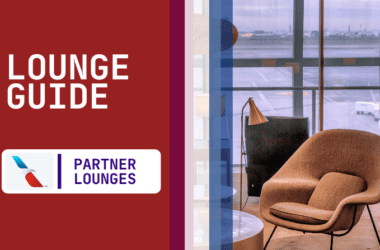
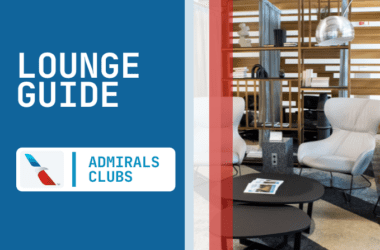

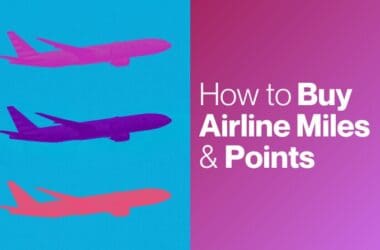
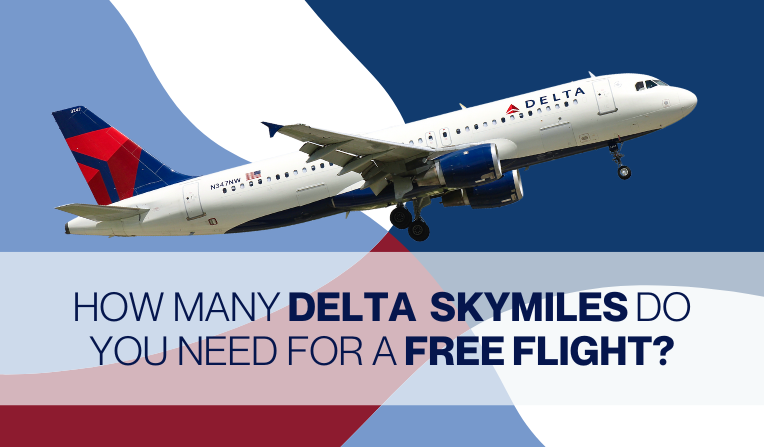
American is giving fewer and fewer reasons to choose them over others. I’ve been a big fan for a long time, but with the gutting of the AAdvantage programs, removal of first class seats, making it incredibly difficult to reach any level of status, and now this? It’s a tough sell at this point.
I do not understand your Amtrak comment. Have you ever taken Amtrak? In point of fact, Acela fares are generally more expensive than flying but Amtrak dominates the NEC route precisely because of the superior convenience and onboard experience. They may not give you pretzels but bags are free, legroom is ample, there are plenty of power outlets, etc. In fact, the onboard experience is often superior to domestic first class products.
As an AA elite that would typically not be stuck in a 29 inch seat this is just an indicator of bigger problems at AA. It has me looking at alternative airlines and it does bring their flights more in line with spirit on more than price.
I hate flying Economy on American due to the already small pitch today. I’m not a big dude, and I feel crunched. And it’s almost impossible for me to get to my backpack under the seat to grab reading material or my iPad. I can only imagine how bad it is going to get.